
1863 - 1930
Aleksandr Golovin

description
A Russian theater artist and set designer, painter and graphic artist, People’s Artist of Russia. Golovin, who collaborated with V. Meyerhold and S. Diaghilev, was not only the greatest master of theatrical and decorative art but also one of its reformers. He possessed a keen sense of style, inexhaustible imagination and rare stage intuition, which always allowed him to find a single artistic solution to the production that influenced the work of the director. The name of Golovin is associated with an almost 20-year period in the development of Russian theater culture.
As an easel artist, Alexander Golovin preferred Impressionism and Art Nouveau; however, he painted some portraits (for example, of his friend Nicholas Roerich) in a completely realistic manner.
The peculiarity of Golovin as a portrait painter is in the fact that he created magnificent portraits of artists (ballerinas, actors) as the characters they played. The most significant are the images of Chaliapin – Golovin painted him as Mephistopheles, Holofernes, Boris Godunov, Farlaf, etc.
Easel paintings by Alexander Golovin are in the most famous collections of Russia, and his sketches for costumes and stage became independent paintings of considerable value.
Key ideas:
– Golovin preferred to work with tempera and pastel considering these paints more appropriate to express finely nuanced shades of colour. In his technique, brushstrokes are near each other resembling mosaics.
– In the landscape genre and still lifes, the artist chose themes and objects, which needed juicy painting – bright autumn, lush greenery and flowers and a variety of porcelain, which the artist adored.
– Some of the portraits he painted are the art documents of the era as he depicted famous artists as the characters they played.
– Golovin accurately chose the style in which the portrait of a man should be painted. N. Roerich considered his portrait in a realistic (even academic) manner by Golovin as one of the best. The portrait of Meyerhold, with whom the artist collaborated for more than 10 years, is made in the style of art nouveau and early impressionism.
– Portraits of Spanish women (there are around 10 paintings in the series) contain methods of expressionism in combination with the decorativeness of Art Nouveau. The diverse images created for the opera Carmen have become a separate art cycle rather than variants of costumes and characters for a theatrical production.
– Creating sketches of scenery, stage props and costumes, Golovin strove for the integrity of scenography, honed every detail, and combined colour accents achieving complete harmony of the visual image of the performance. He created “co-directorial” scenery; an example for his followers was the design of “Masquerade”, where the external luxury of the decor and costumes is emphasized by internal tragedy.
1863
1878
1881
1889
1897
1900
1901
1908
1912
1922
1928
1930
The birth of the artist
He studied at the prestigious Polivanovskaya gymnasium
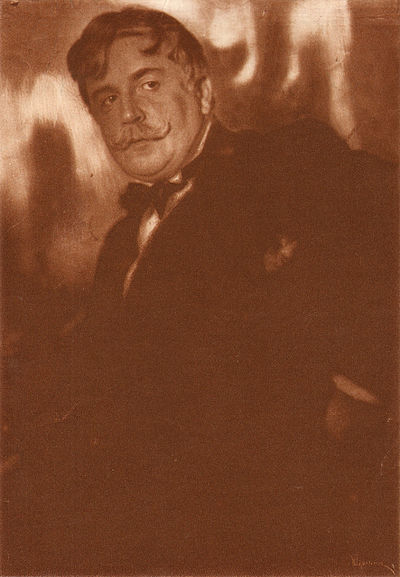
He studied at the Moscow School of Painting, Sculpture and Architecture
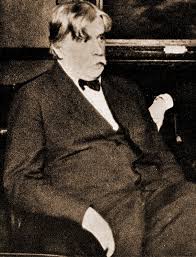
Golovin attended the Paris private Colarossi Academy

He made his second trip to Paris

He became a regular participant in the exhibitions of “The World of Art”
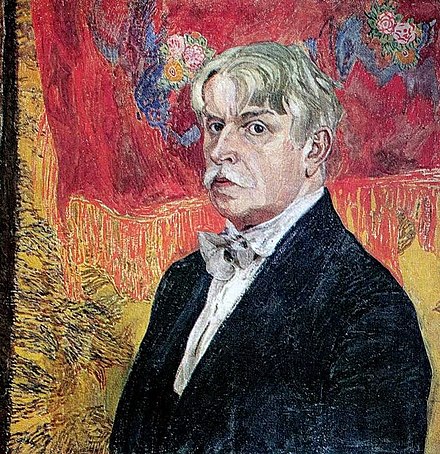
Moved to St. Petersburg
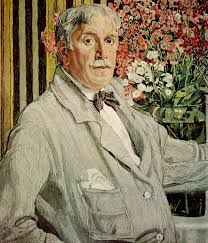
He painted a portrait of F. Chaliapin
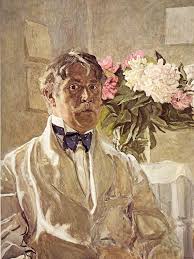
He became a full member of the Academy of Arts
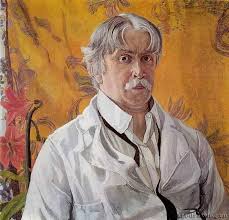
“Die Doppeltgänger”

He was awarded the title People's Artist of the USSR

The death of the artist

Aleksandr Golovin
On Artist
flow
Impressionism
Realism
Modern
friends
Mikhail Vrubel
artists
Illarion Pryanishnikov
Vladimir Egorovich Makovsky
Vasily Polenov
Isaac Levitan
Abram Efimovich Arkhipov
Mikhail Vasilievich Nesterov
By Artist
flow
Modern
friends
Mikhail Vrubel
Konstantin Korovin
artists
Nicholas Roerich
Dmitry Semenovich Stelletsky
